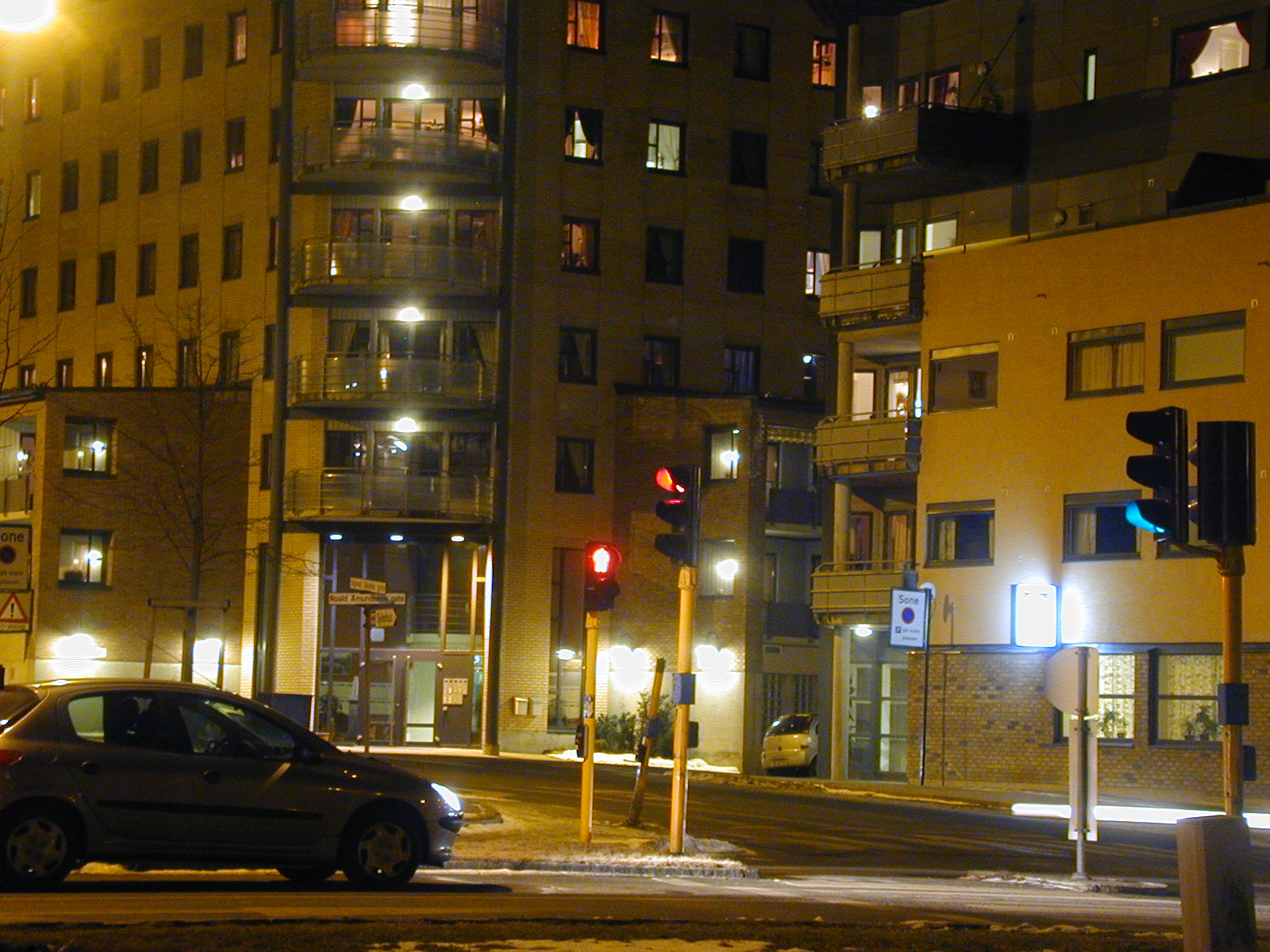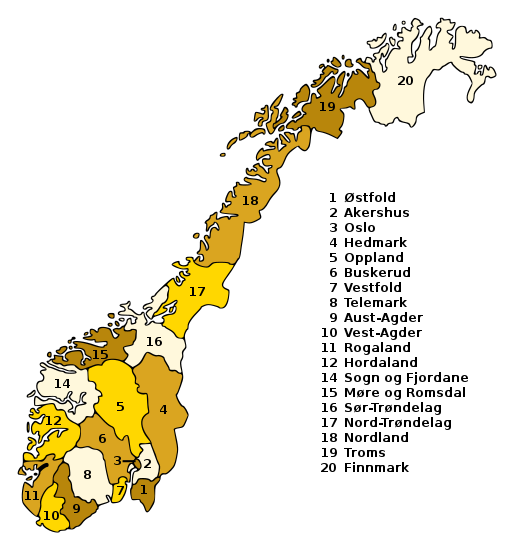 |
Sarpsborg
Sarpsborg ( or ), historically Borg, is a List of cities in Norway, city and Municipalities of Norway, municipality in Østfold Counties of Norway, county, Norway. The administrative centre of the municipality is the city of Sarpsborg. Sarpsborg is part of the fifth List of continuously built-up areas in Norway by population, largest urban area in Norway when paired with neighbouring Fredrikstad. As of 1 January 2018, according to Statistics Norway these two municipalities have a total population of 136,127 with 55,840 in Sarpsborg and 81,278 in Fredrikstad. Statistics for 2021, say that the city has a population where 19% of the children belong to families that have "low-income in the long-term"; that is the highest level for a city (in Norway); the national level is 11.3%. General information Name In Norsemen, Norse times the city was just called ''Borg'' (from ''borg'' which means "castle"). The background for this was the fortification built by Olav Haraldsson (see Histo ... [...More Info...] [...Related Items...] OR: [Wikipedia] [Google] [Baidu] |
 |
Østfold
Østfold () is a county in Eastern Norway, which from 1 January 2020 to 31 December 2023 was part of Viken. Østfold borders Akershus and southwestern Sweden (Västra Götaland County and Värmland), while Buskerud and Vestfold are on the other side of Oslofjord. The county's administrative seat is Sarpsborg. The county controversially became part of the newly established Viken County on 1 January 2020. On 1 January 2024, Østfold was re-established as an independent county, however without the former municipality of Rømskog, which was amalgamated with the Akershus municipality Aurskog-Høland in 2020. Many manufacturing facilities are situated here, such as the world's most advanced biorefinery, Borregaard in Sarpsborg. Fredrikstad has shipyards. There are granite mines in Østfold and stone from these were used by Gustav Vigeland. The county slogan is "The heartland of Scandinavia". The local dialects are characterized by their geographical proximity to Sweden. The na ... [...More Info...] [...Related Items...] OR: [Wikipedia] [Google] [Baidu] |
|
Tune, Norway
Tune is a former municipality in Østfold county, Norway. The former municipality originally covered the current Sarpsborg municipality with the exception of Skjeberg and with the addition of Rolvsøy. History The parish of Tune was established as a municipality January 1, 1838 (see formannskapsdistrikt). The city of Sarpsborg was grounded and separated from Tune to constitute a separate administrative unit in 1839. The rural district of Varteig was separated from Tune in 1861, and the same thing happened with Rolvsøy on 1 January 1911, leaving Tune with a population of 8,040. Despite the separations Tune witnessed steady growth over the years. Starting in 1884, a series of border adjustments which moved territory from Tune to Sarpsborg took place. Following the moving of an uninhabited part of Tune to Sarpsborg in 1884, parts with 696, 1,008, 66 and 10 inhabitants were moved to Sarpsborg in 1912, 1925, 1957 and 1980 respectively. On 1 January 1992 the rest of Tune, along wit ... [...More Info...] [...Related Items...] OR: [Wikipedia] [Google] [Baidu] |
|
 |
Fredrikstad
Fredrikstad (; previously ''Frederiksstad''; literally "Fredrik's Town") is a List of cities in Norway, city and Municipalities of Norway, municipality in Østfold Counties of Norway, county, Norway. The administrative centre of the municipality is the city of Fredrikstad. The city of Fredrikstad was founded in 1567 by Frederick II of Denmark, King Frederick II, and established as a municipality on 1 January 1838 (see ''formannskapsdistrikt''). The rural municipality of Glemmen was merged with Fredrikstad on 1 January 1964. The rural municipalities of Borge, Østfold, Borge, Onsøy, Kråkerøy, and Rolvsøy were merged with Fredrikstad on 1 January 1994. The city straddles the river Glomma where it meets the Skagerrak, about from the Sweden border. Along with neighboring Sarpsborg, Fredrikstad forms the fifth largest city in Norway: Fredrikstad/Sarpsborg. As of 31 December 2024, according to Statistics Norway, these two municipalities have a total population of 146,001 with ... [...More Info...] [...Related Items...] OR: [Wikipedia] [Google] [Baidu] |
|
Skjeberg
Skjeberg is a district of Sarpsborg, Østfold County, Norway. Skjeberg was formerly a municipality in Østfold County. The last administrative centre was at Borgenhaugen. As of 2018, Skjeberg has a population of 1,397. The parish of Skjeberg was established as a municipality on January 1, 1838 (see formannskapsdistrikt). The property, Hagelund, with 8 inhabitants was moved to the Halden municipality on January 1, 1968. The rural municipality of Skjeberg was (together with Tune and Varteig) merged with the city of Sarpsborg January 1, 1992. Prior to the merger, Skjeberg had a population of 14,295. Skjeberg Church Skjeberg Church (''Skjeberg Kirke'') is located in what was until 1992, Skjeberg municipality, and now part of the municipality of Sarpsborg. The church is located approximately 7 km southeast of Sarpsborg and is the center of the parish of Skjeberg. The medieval church dates to the 1100s and was enlarged during the 1400s. Skjeberg church is built of stone in R ... [...More Info...] [...Related Items...] OR: [Wikipedia] [Google] [Baidu] |
|
|
Municipalities Of Norway
Municipalities in Norway are the basic unit of local government. Norway is divided into 15 administrative regions, called Counties of Norway, counties. These counties are subdivided into 357 municipality, municipalities (as of 2024). The capital city Oslo is both a county and a municipality. Municipalities are responsible for primary education (through 10th grade), outpatient Health care, health services, old age, senior citizen services, welfare spending, welfare and other Social work, social services, zoning, economic development, and municipal roads and utilities. The municipality is governed by a Municipal council (Norway), municipal council of Direct election, directly elected representatives. The mayor is Indirect election, indirectly elected by a vote of the municipal council. Law enforcement and Church of Norway, church services are provided at a national level in Norway. Municipalities are undergoing continuous change by dividing, consolidating, and adjusting boundaries. ... [...More Info...] [...Related Items...] OR: [Wikipedia] [Google] [Baidu] |
|
 |
Counties Of Norway
There are 15 counties in Norway. The 15 county, counties are administrative division, administrative regions that are the first-level administrative divisions of Norway. The counties are further subdivided into 357 municipalities of Norway, municipalities (). The island territories of Svalbard and Jan Mayen are outside the county divisions and they are ruled directly from the national level. The capital city of Oslo is both a county and a municipality. In 2017, the Solberg's Cabinet, Solberg government decided to abolish some of the counties and to merge them with other counties to form larger ones, reducing the number of counties from 19 to 11, which was implemented on 1 January 2020. This sparked popular opposition, with some calling for the reform to be reversed. The Storting voted to partly undo the reform on 14 June 2022, with Norway to have 15 counties from 1 January 2024. Three of the newly merged counties, namely Vestfold og Telemark, Viken (county), VikenLars R ... [...More Info...] [...Related Items...] OR: [Wikipedia] [Google] [Baidu] |
|
Alv Erlingsson
Alv Erlingsson (''Alv Erlingsson den yngre'', died 1290) was a Norwegian nobleman, earl of Sarpsborg and governor of Borgarsyssel. Alv Erlingsson was born at Tanberg in Norderhov, Buskerud. Alv Erlingsson was the son of Erling Alvsson of Tanberg (ca. 1230–1283) and grandson of Alv Erlingsson of Tanberg (ca. 1190 – ca. 1240). Tanberg (''Tornberg'') was an old manor which was considered to have been among the oldest farms in Norderhov. His grandmother was Ingeborg Baardsdatter of Rein, sister of Duke Skule Bårdsson. Alv Erlingsson was also a second cousin of King Magnus VI of Norway. With his father's death in 1283, Alv Erlingsson inherited Sarpsborg and served as governor of Borgarsyssel which today makes up the county of Østfold. Alv Erlingsson had a central role in Norwegian national governance following the death of King Magnus VI in 1280. King Magnus's heir, Eirik Magnusson was a minor and unable to take government control in his own hands. A guardianship board ... [...More Info...] [...Related Items...] OR: [Wikipedia] [Google] [Baidu] |
|
|
Sarp Falls
Sarp Falls ( or ') is a waterfall at Sarpsborg in Østfold, Norway. It is the second largest waterfall in Europe by discharge, after the Rhine Falls. This is the last waterfall on the Glomma River, which is the longest river in Norway. Sarp Falls has one of the greatest flows of any waterfall in Europe. Both Rhine Falls and Dettifoss are larger and more powerful waterfalls in Europe but, while those waterfalls have between of average water flow, Sarp Falls has approximately . Just above Sarp Falls is a road bridge with a vista point. There are also vista points on the east side of the falls. River surfing Sarpebølgen (lit. ''the Sarp Wave'') lies about 2-3 kilometers downstream from the Sarp Falls, and is popular among kayakers and experienced surfers. The Norwegian Cup in Freestyle Paddling has been arranged here. The wave is spectacular, since it is quite big in regards to river surfing. Experienced surfers have warned beginners from trying the wave, since there are strong ... [...More Info...] [...Related Items...] OR: [Wikipedia] [Google] [Baidu] |
|
|
Varteig
Varteig is a village in Sarpsborg and a former municipality in Østfold County, Norway. Summary Varteig is located north of the city of Sarpsborg and east of the Glomma river. Varteig was part of the Tune municipality until 1861. It was designated to be a municipality by a split from Tune, Norway, Tune in 1861. At that time Varteig had a population of 1,405. On 1 January 1992 a small part of the district Furuholmen, with 12 inhabitants, was moved to Rakkestad municipality. The rest of Varteig was incorporated into Sarpsborg along with Tune and Skjeberg. Varteig is probably best known as the home place of Inga of Varteig (born about 1185, died 1234), mother of Håkon Håkonson, king of Norway from 1217 to 1263. Toponymy The municipality (originally parish) is named after the farm of Varteig (Old Norse ''Varteigr''). Varteig Church (''Varteig kirke'') was first built on its ground. The meaning of the first element is unknown, the last element is ''teigr'' m 'strip of field'. Refe ... [...More Info...] [...Related Items...] OR: [Wikipedia] [Google] [Baidu] |